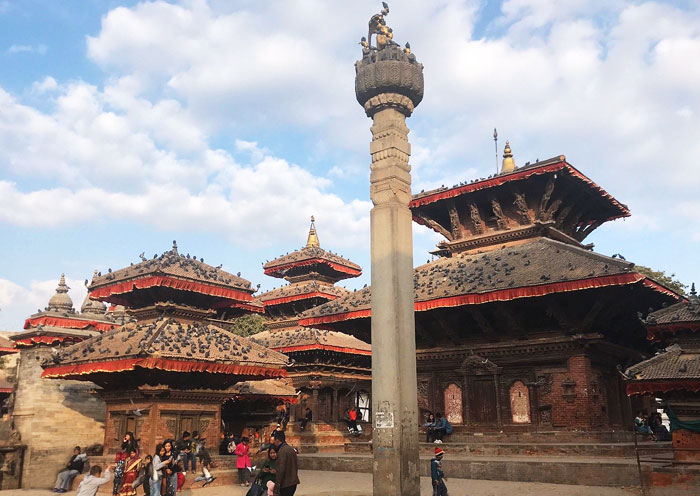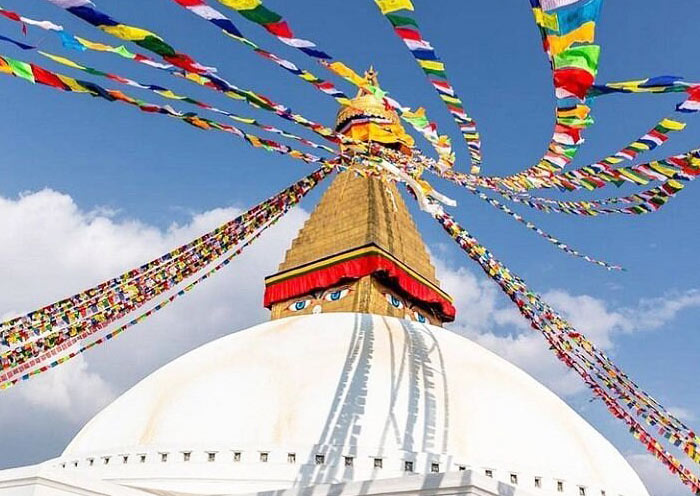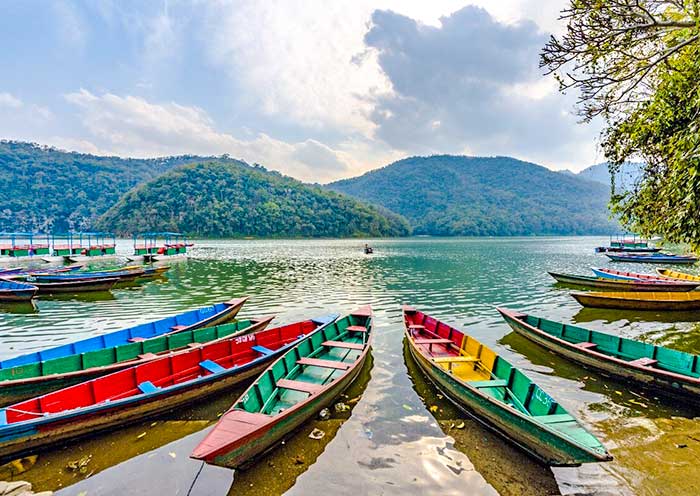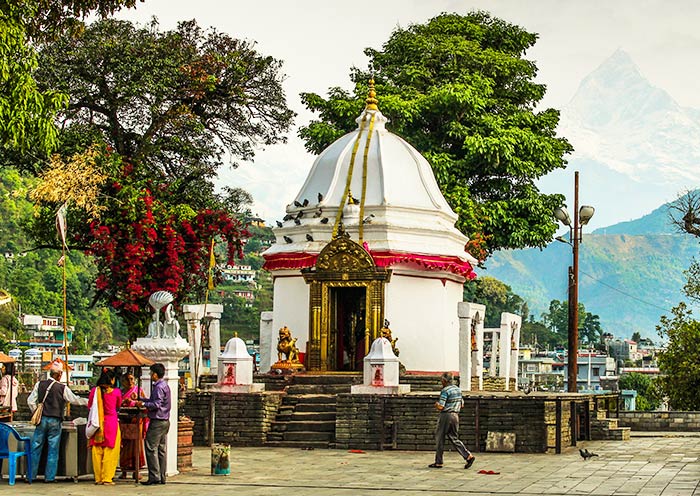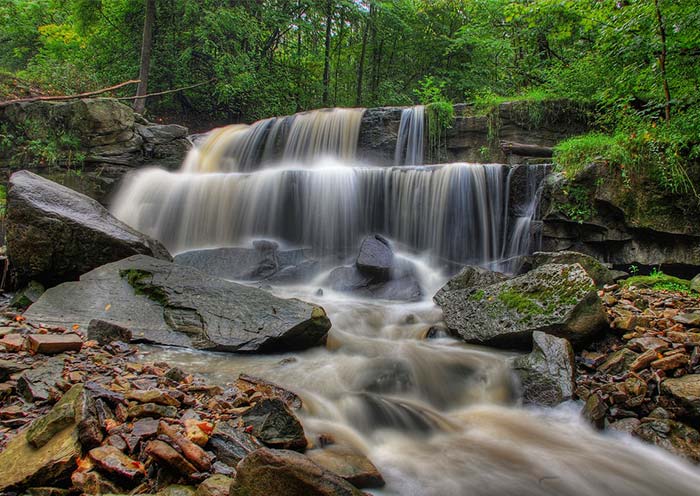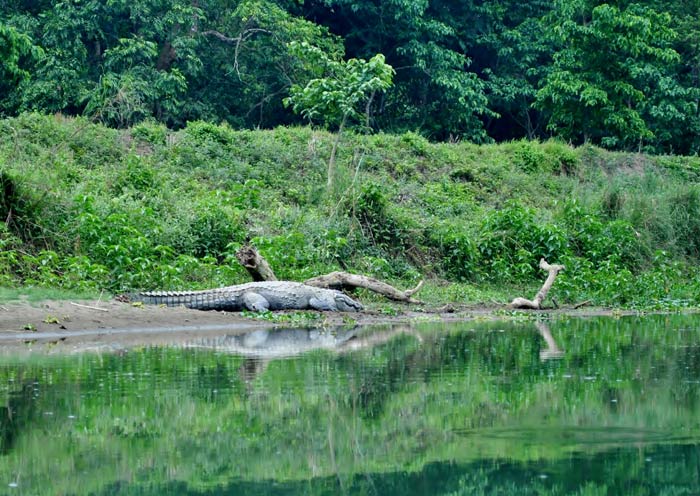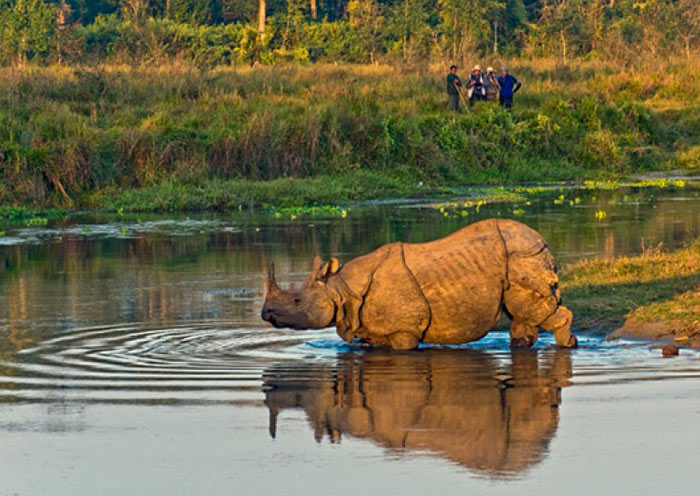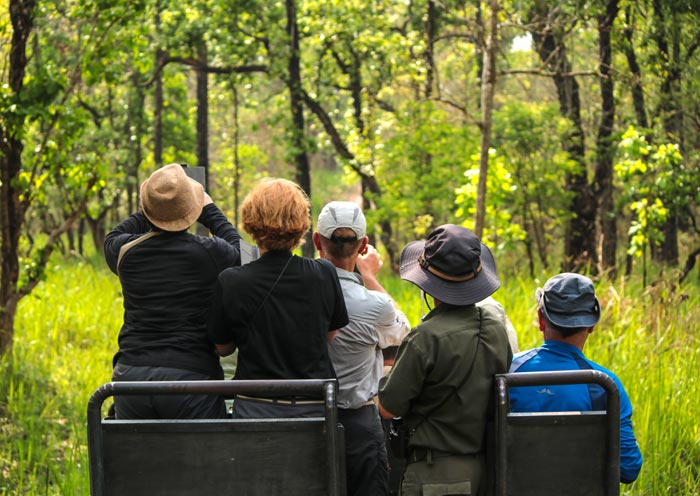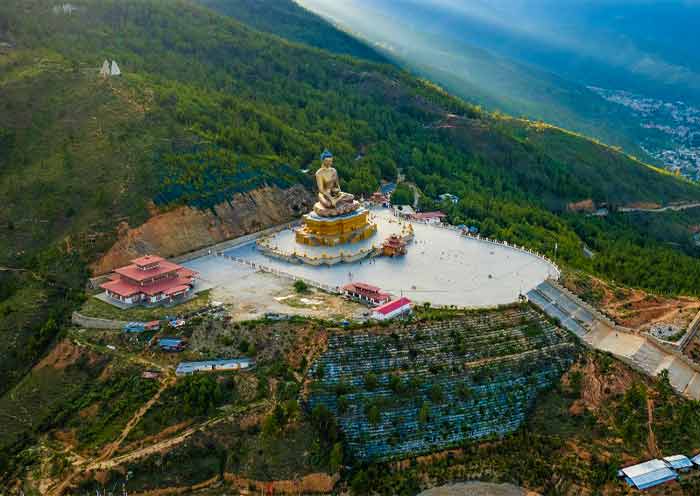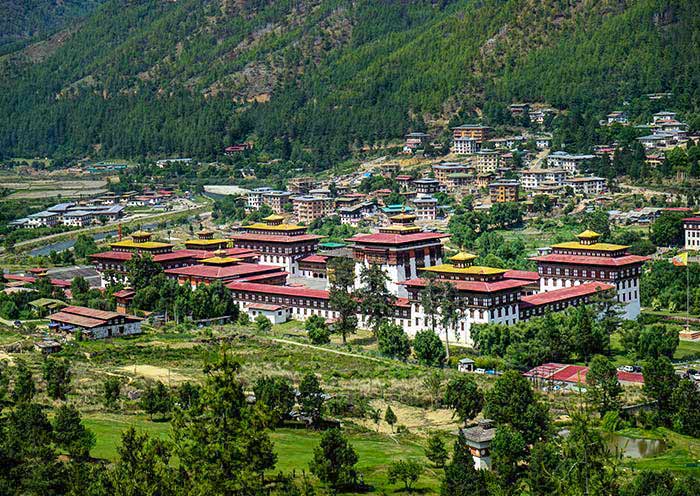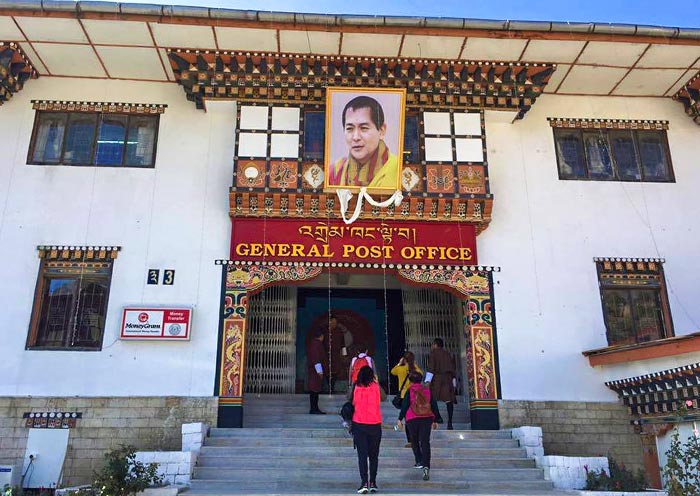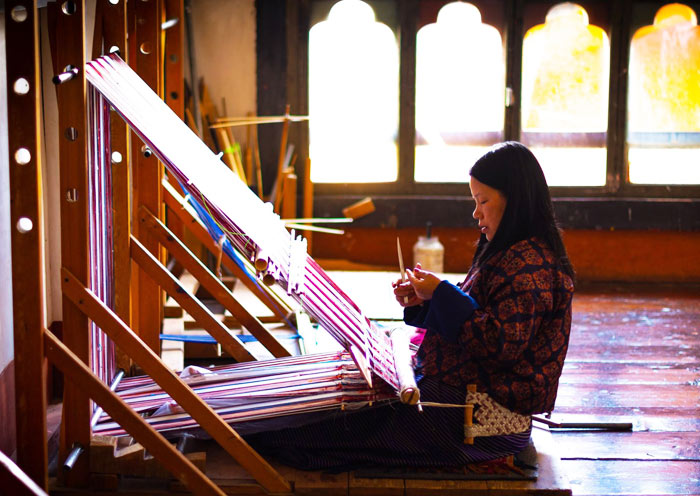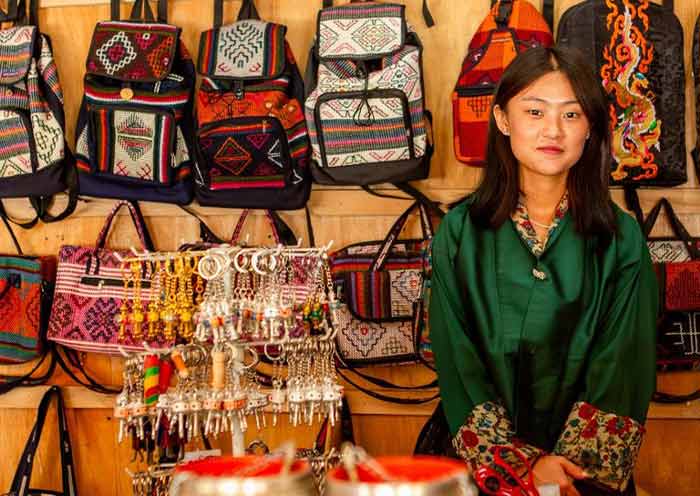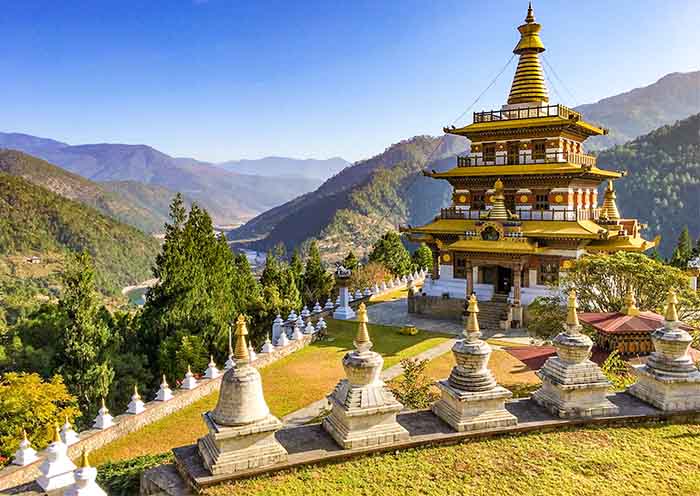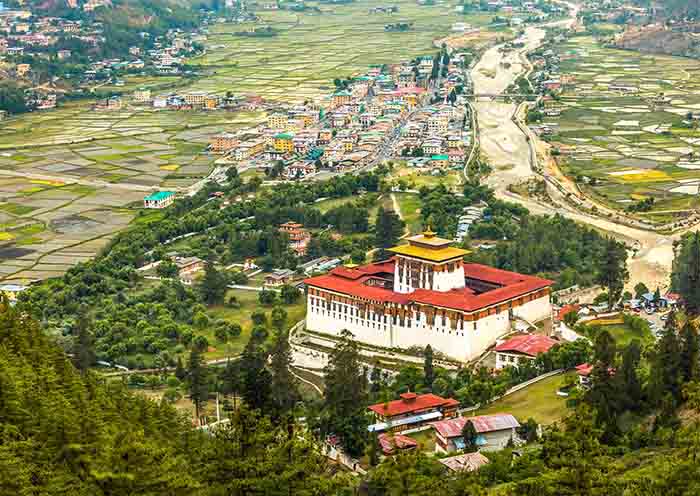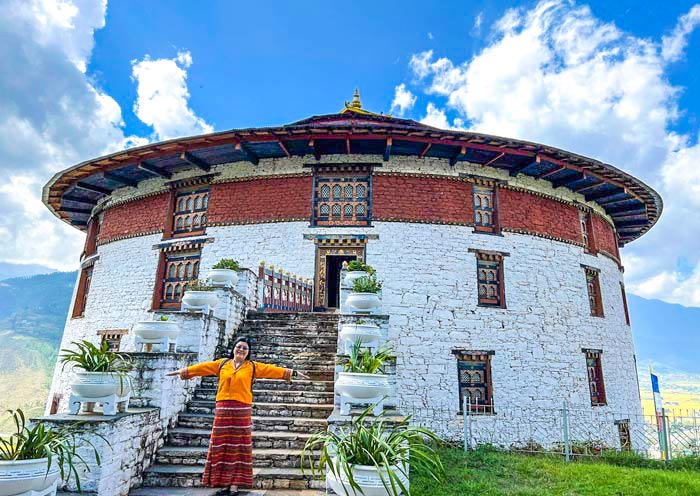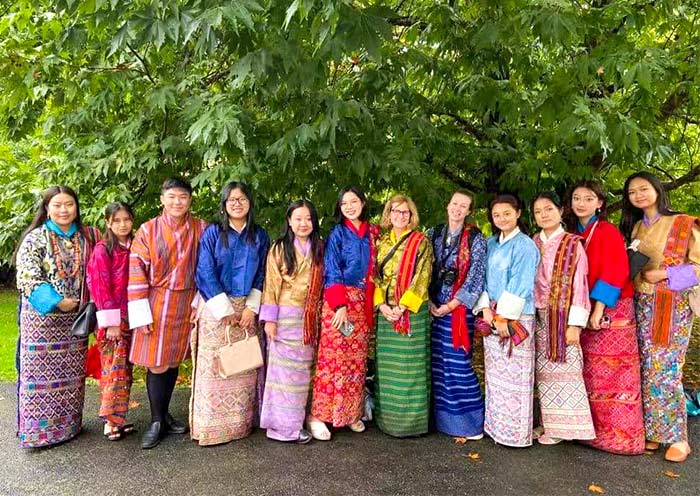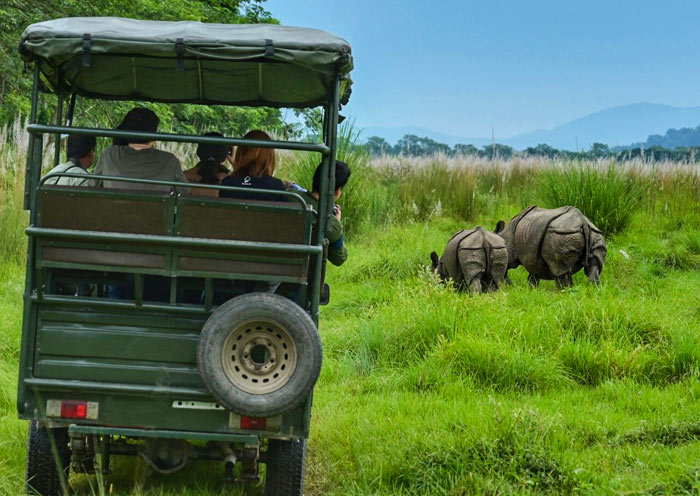Today, you will travel from Thimphu to Punakha via Dochula Pass (74km, about2.5 hours). This trip is more than just a drive; it is a voyage through changing altitudes and diverse landscapes, offering a visual spectacle. Starting from the higher altitude and cooler climate of Thimphu (2,300m), the drive takes you along the national highway, ascending through the majestic Dochula Pass (3,120m). Upon crossing the pass, you'll descend into the warm and verdant Punakha Valley (1,330m).
En route, you will stop at Dochula Pass (Dochu La Pass), renowned as one of the most beautiful mountain passes in Bhutan. If weather permits, you will be treated to a breathtaking panoramic view of the Himalayas, including Bhutan’s highest mountain peak, Mt. Gangkar Puensum (7,570m). You will have the delightful option to savor the view while enjoying a cup of coffee in the picturesque cafeteria. At the Dochu La Pass summit, you will encounter the 108 memorial chortens (Buddhist shrines) and clusters of prayer flags fluttering in the wind, creating an ambiance of tranquility and spirituality. These chortens (stupas), known as Druk Wangyal Khang Zhang Chortens, were constructed as a memorial to honor the Bhutanese soldiers who lost their lives in the battle against Assamese insurgents from India, and also as an offering for global peace.
Then, your journey continues towards Punakha. Along the way, you will take a hike to Chimi Lhakhang (Chime Lhakhang), which is highly recommended as a culture shock tour. As you stroll through rice paddies and a charming settlement adorned with painted houses and numerous craft shops, you will eventually reach Chimi Lhakhang (Fertility Temple). Constructed by the cousin of Drukpa Kunley, the temple was built to commemorate the victory of Drukpa Kunley (Mad Saint & Divine Madman) over the demon of Dochu La using his "magic thunderbolt of wisdom "(phallus). That is why you can see the symbol of the phallus scattered throughout. Lama Drukpa Kunley was adored by the local people due to his unconventional teaching methods of Buddhism, which involved singing, humor, and an exaggerated manner often intertwined with sexual overtones. Chime Lhakhang is renowned as a sanctuary of fertility, and many childless women sought blessings from the lamas at the monastery. It is believed that these couples often find success in conceiving soon after their visit. If you are lucky, you may encounter the monks there blessing pilgrims or women who wish to conceive by tapping their heads with a 25cm wooden phallus. In Bhutan, it is common for local people to utilize the phallus symbol to ward off the evil eye and deter malicious gossip.
After that, drive to Punakha city, the old capital of Bhutan before 1955. It is located at the confluence of the Mo Chhu (Mother River) and Pho Chhu (Father River). Dominating the river junction is the magnificent Punakha Dzong, the winter residence of Je Khenpo (head abbot of Bhutan) and about 1,000 monks. Occasionally, you'll spot monks draped in red robes passing by, their rhythmic chanting and prayers echoing in the air. Punakha Dzong, the second oldest and second largest Dzong in Bhutan serving administrative and monastic functions holds a legendary tale. It is said that Guru Rinpoche (Padmasambhava) prophesied the arrival of a person named Namgyal built a Dzong on a hill resembling an elephant. In 1637, Shabdrung Ngawang Namgyel, the unifier of Bhutan, received a divine vision guiding him to construct a Dzong at this site. All of Bhutan’s kings have been crowned here and In 2011, the Dzong bore witness to the royal wedding ceremony of His Majesty Jigme Namgyel Wangchuck, the 5th King of Bhutan, as he married Queen Jetsun Pema. As the most beautiful Dzong in Bhutan, if you visit in April, you won’t miss the stunning violet blossoms of the jacaranda tree outside Punakha Dzong. The jacaranda typically blooms from late March to early May, During this time, the grounds of Punakha Dzong transform into a magical carpet of purple under the clear blue skies, creating a truly breathtaking sight. If you visit during the Punakha Tshechu Festival, you can enjoy the mesmerizing masked dances and witness the exhibition of a large thangka depicting the Zhabdrung (Shabdrung, the father of Bhutan) once a year. You can have fun with locals who flood here dressed in Bhutan’s national attire, with men wearing Gho and women wearing Kira.
After crossing the Bazam Bridge, you can walk inside the Punakha Dzong and take your time to admire this stunning example of Bhutanese Dzong architecture which was built of stone, pounded mud, and a considerable amount of timber (without nails, written plans, or designs). There is a six-story central tower called utse standing in the yard of the Punakha Dzong. As the highest architecture within the Dzong, utse houses the most sacred temples and shrines and contains important religious artifacts, thangkas, statues, and texts. This Dzong has three docheys (courtyards) instead of the usual two. The first (northern) courtyard is for administrative functions and houses a huge white Victory Chorten and Bodhi tree. The second courtyard houses the monastic quarters and is separated from the first by the utse. In this courtyard, there are two halls; one of Ugyen Wangchuck (the King of Bhutan) and another hall where the King was decorated in 1905 with the Order of the Knight Commander of the Indian Empire by John Claude White. In the third (southernmost) courtyard is the temple where the remains of the Pema Lingpa (a treasure revealer, Five Terton Kings) and Shabdrung (founder of Tshechu Festival and Bhutan National Dress) are preserved. At the south end, there is the kunrey, or "hundred-pillar" assembly hall with exceptional murals that depict the life of Buddha.
Note: The tourist opening hours of Punakha Dzong are from 9 AM to 5 PM on weekdays and from 10 AM to 4 PM on weekends. It is required to have a tour guide accompany you for a visit to the Dzongs. Before entering for a visit, security checks are conducted.
Optional Punakha Experience:
Punakha Rafting: You have the option to go rafting in the Po Chu and Mo Chu rivers, offering unique views of the Punakha Dzong that are not possible from land.
Overnight in Punakha and get ready for your next day's trip.

